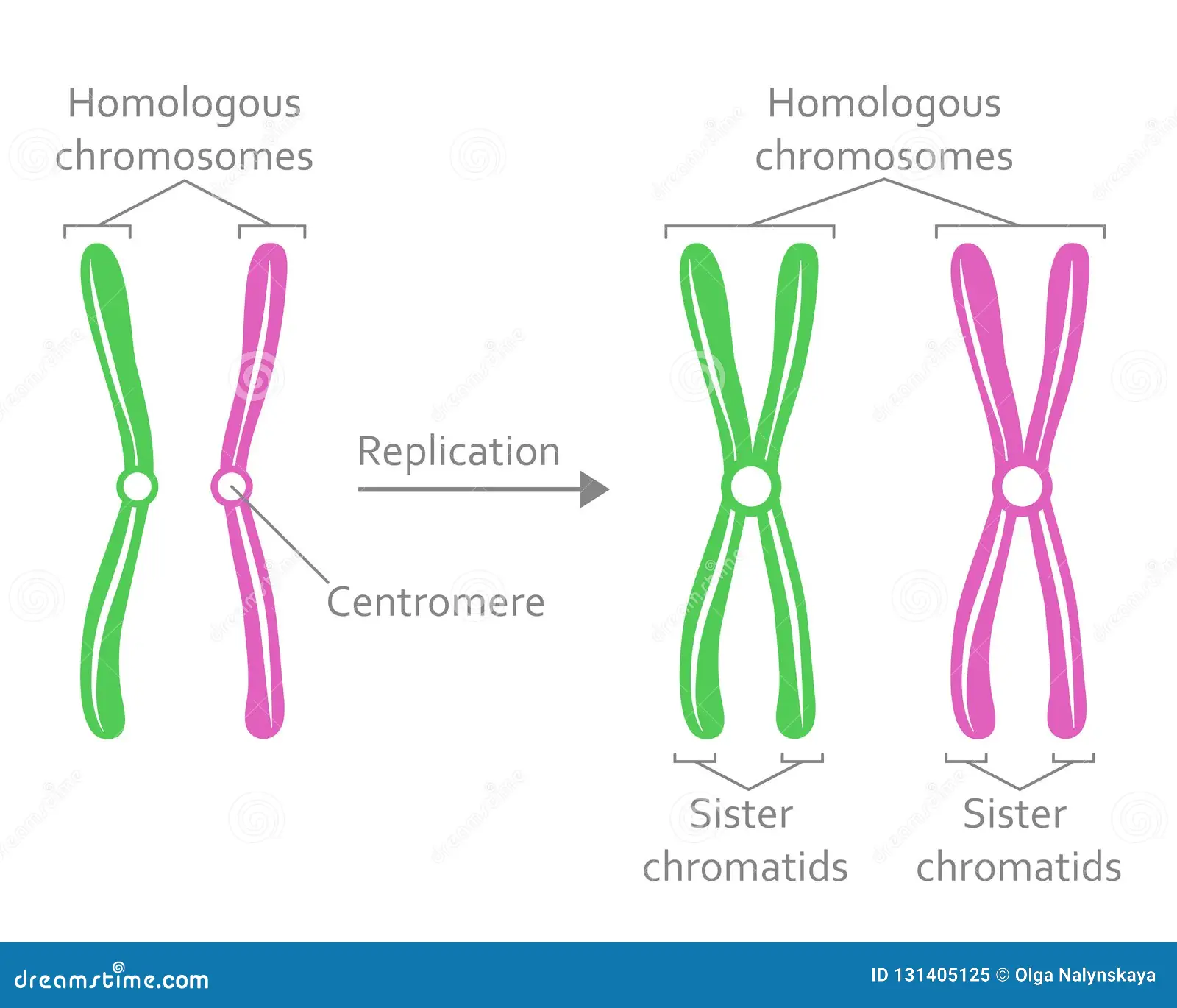Sexual reproduction
Some organisms can undergo asexual reproduction to produce offspring that are genetically identical to each other and to the single parent. Asexual reproduction occurs by binary fission in prokaryotes and mitosis in eukaryotes. In sexual reproduction, offspring are produced that are genetically different to each other and both parents. Sexual reproduction involves the production of specialised reproductive cells called gametes by meiosis. Two gametes fuse to form a zygote. The advantage of sexual reproduction is that it introduces genetic variation within a population. This increases the chances of the population surviving when the environment changes as it is more likely that some individuals will have characteristics that help them survive.
Gametes are haploids meaning they have one set of chromosomes. This can be represent as n. Somatic (body) cells in humans are diploid cells, meaning they have two sets of chromosomes. This can therefore be represented as 2n. A human diploid cell has 46 chromosomes, meaning the gametes (haploid cells) have 23 chromosomes. The role of meiosis is to half the number of chromosomes in gametes. This is to ensure that the chromosome number does not double in each subsequent generation when the gametes fuse at fertilisation.
Homologous chromosomes
The zygote is diploid and receives one set of chromosomes from the mother and one set from the father. Each pair is made up of chromosomes of the same size, with the centromeres in the same position, and with the same genes in the same position (or locus) , although they may have different versions or alleles of each gene. Each pair of chromosomes is, therefore, said to be homologous.

Comparing mitosis and meiosis
Meiosis | Mitosis | |
Number of divisions | 2 | 1 |
Number of daughter cells | 4 | 2 |
Variation in daughter cells | Genetically different | Genetically identical |
Chromosome number | Halves | Remains the same |
Role | Produce gametes for sexual reproduction, introduce genetic variation. | Growth, tissue repair, cell replacement, asexual reproduction. |
Phases of meiosis
Meiosis is a 2 stage cell division. In the first stage, meiosis I, the number of chromosomes is halved. Each daughter cell receives one chromosome from each homologous pair. During meiosis II, the centromere splits and the sister chromatids separate as each daughter cell divides again to produce 4 haploid gametes. The gametes are all genetically different from each other. The normal diploid number is restored when two gametes join at fertilisation to form a zygote.
Prophase I | Chromosomes condense and homologous chromosomes pair up to form a bivalent and swap equivalent sections of DNA at chiasmata in crossing over. Spindles form. Nuclear envelope disintegrates. |
Metaphase I | Bivalents randomly line up across the cell equator (independent assortment of chromosomes). Spindle fibres attach to the centromeres. |
Anaphase I | Homologous chromosomes separate with one chromosome from each pair going to opposite pole of the cell. Centromeres do not divide. |
Telophase I | In animal cells, the two haploid sets of chromosomes are surrounded by new nuclear membranes. Chromosomes unravel and the cytoplasm divides. Plant cells usually pass directly from anaphase I to prophase II. |
Prophase II | Chromosomes condense and become visible. The nuclear envelope disintegrates. Spindles form. |
Metaphase II | Chromosomes randomly line up at the equator (independent assortment of chromatids). Spindle fibres attach to the centromeres. |
Anaphase II | Centromeres divide and sister chromatids are pulled to opposite poles, centromere first. |
Telophase II | Nuclear envelope reforms around the 4 haploid sets of chromosomes. |
Variation in meiosis
In meiosis genetic variation is achieved in 3 ways:
Crossing over in prophase I.
Independent assortment of chromosomes in metaphase I.
Independent assortment of chromatids in metaphase II.
Crossing over: During prophase I, homologous chromosomes pair to form a bivalent. Crossing over occurs between adjacent non-sister chromatids at chiasmata. Chromatids break and rejoin, exchanging equivalent sections of DNA, to form recombinant chromatids with a new combination of alleles.
Independent assortment of chromosomes: Random distribution of pairs of homologous chromosomes at equator during metaphase I. Determines subsequent independent segregation of chromosomes (with different alleles) to opposite pole in anaphase I.
Independent assortment of chromatids: Random distribution of chromosomes at equator in metaphase II. Determines independent segregation of chromatids (may be different due to crossing over) in anaphase II.
In addition to the variation that arises during meiosis, sexual reproduction generates further variation due to the random mating within the population (between individuals with different alleles) and random fusion between genetically unique gametes.